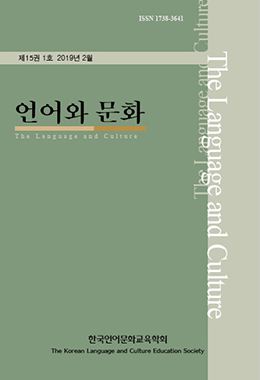This article analyzes a group of connective suffixes ‘-게, -는데, -다고/다구, -(으)려고/려구, -고/구’ which also functions as interrogative final endings when it comes to the end of a sentence. Such interrogative final endings in performing its interrogative function need interrogative words such as ‘누구, 무엇, 어디, 언제’ and a rising intonation. On the contrary, interrogative sentences of liberally translated Chinese, in performing its interrogative function, need interrogative words ‘谁,哪儿,多,什么,几’and modal auxiliaries ‘吗,吧’. For connective suffixes functioning as interrogative final endings that are not included in this article will be left as follow-up study.
This article aims to indicate a certain grammatical rule, in the process of performing interrogative function, of connective suffixes that used as interrogative final endings and interrogative sentence in liberally translated Chinese. It also expects to be helpful for Chinese learners who study Korean, and Korean learners who study Chinese. (East China University of Technology)


